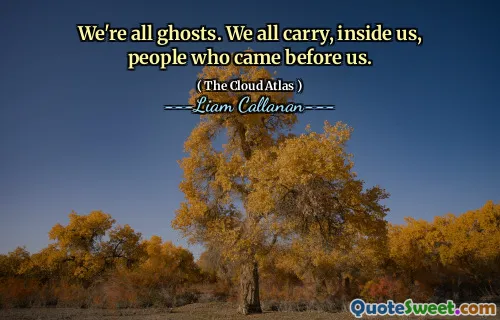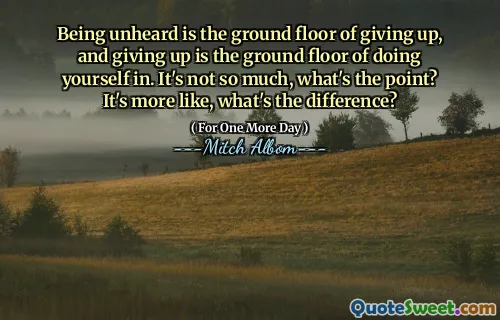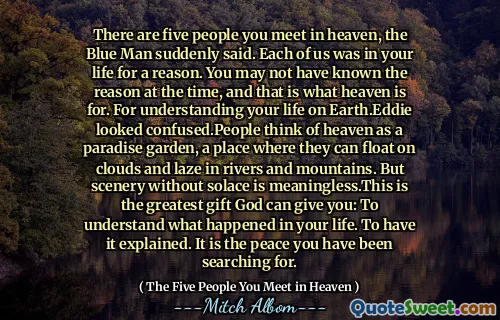
Mourning was really for the living.
This poignant statement highlights a profound perspective on grief and the human experience. Often, mourning is perceived as a process directed outward, a response to the loss of someone or something dear. However, this quote suggests that mourning may serve more as a reflection of our own unresolved emotions—an internal process for the living rather than the dead. In many ways, grief allows us to confront our vulnerabilities, reassess our values, and find meaning in the wake of loss. It becomes a mirror that reveals our capacity to feel deeply, emphasizing that mourning is ultimately a journey for those still alive, aiding in the process of acceptance and healing.
Furthermore, it underscores the idea that mourning can be a form of self-preservation. By holding on to grief or memories, we often attempt to keep a part of the departed alive within us, resonating with the idea that grief sustains the emotional bonds that death cannot sever. Meanwhile, the focus is on how mourning helps individuals come to terms with change and the impermanence of life. It’s a reminder that while death is inevitable, mourning is an essential act for the living to reconcile with their losses and continue their personal growth.
This perspective can be both comforting and challenging. It encourages us to reflect on our own attachment to grief and invites us to find a way to honor our feelings without letting them hinder our progress. Recognizing that mourning is a process for ourselves can inspire a healthier relationship with loss, where we nurture resilience and compassion. Ultimately, the quote prompts us to consider the ways in which our emotional responses to death serve deeper purposes in our ongoing human journey.
(Based on "The Rise of Shams" by Soroosh Shahrivar)







